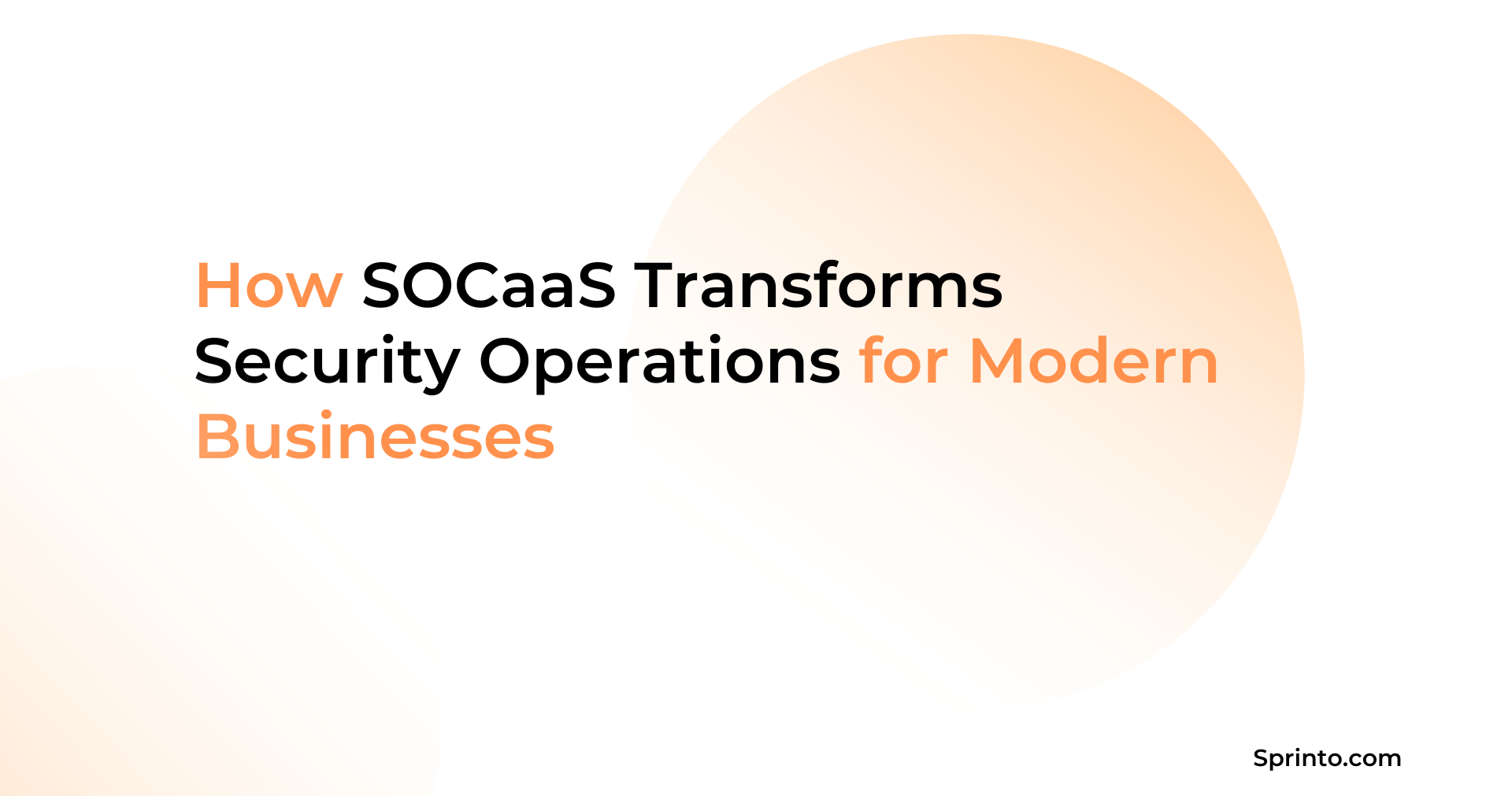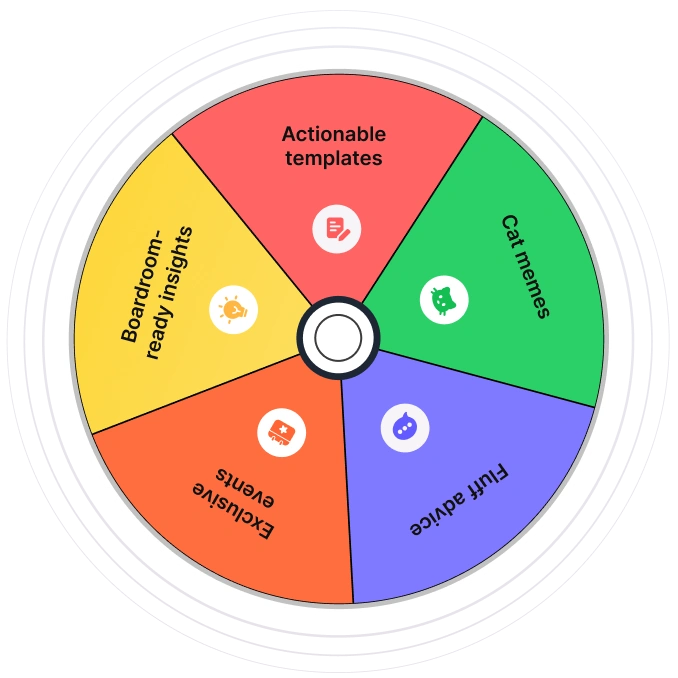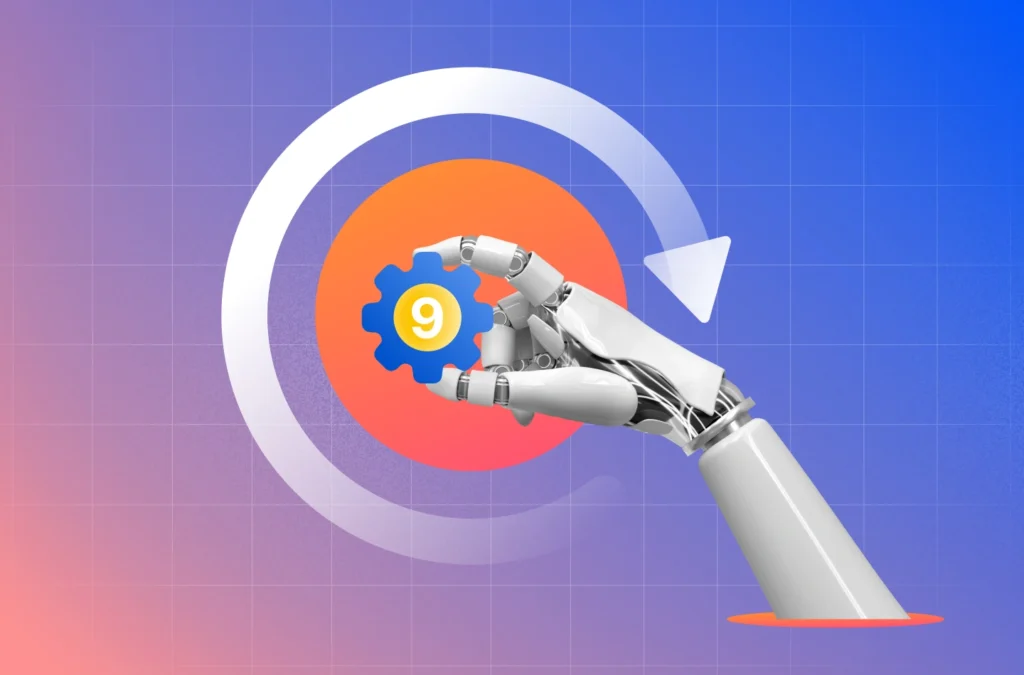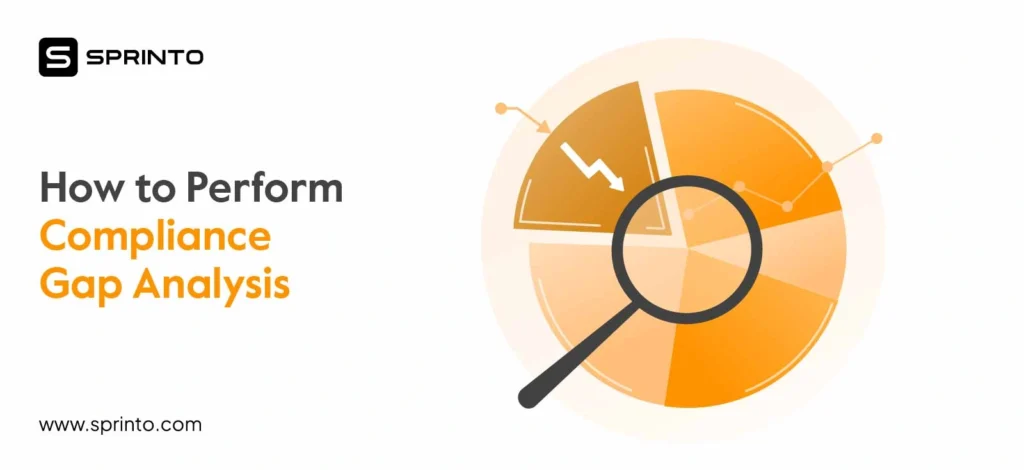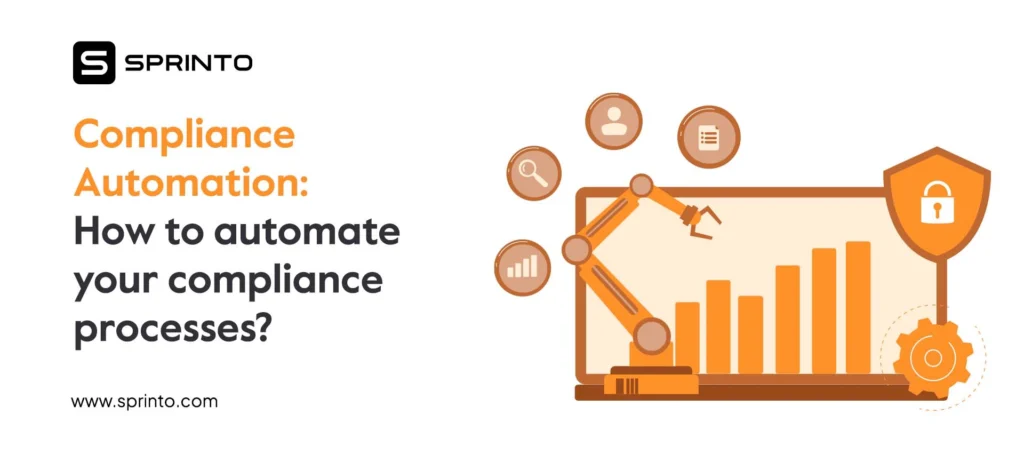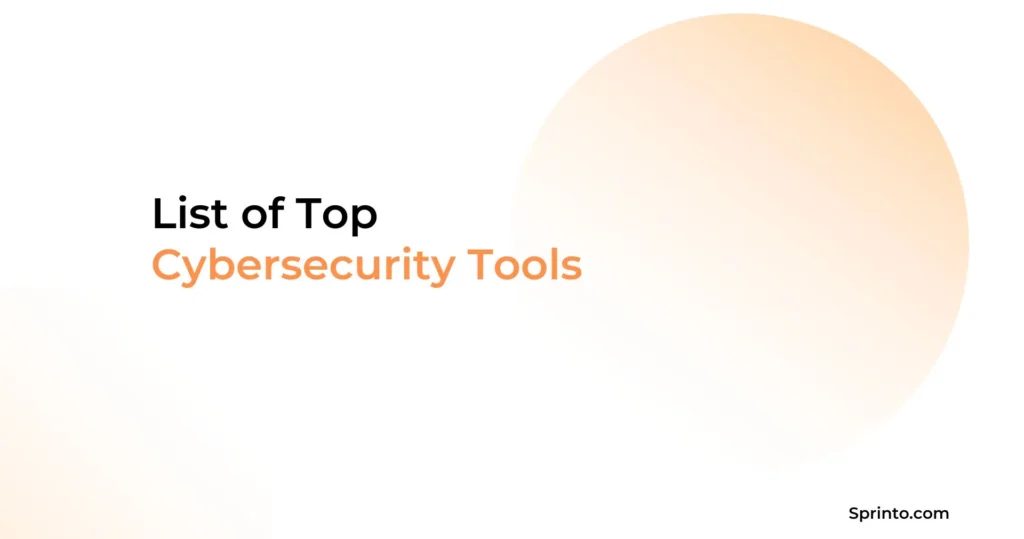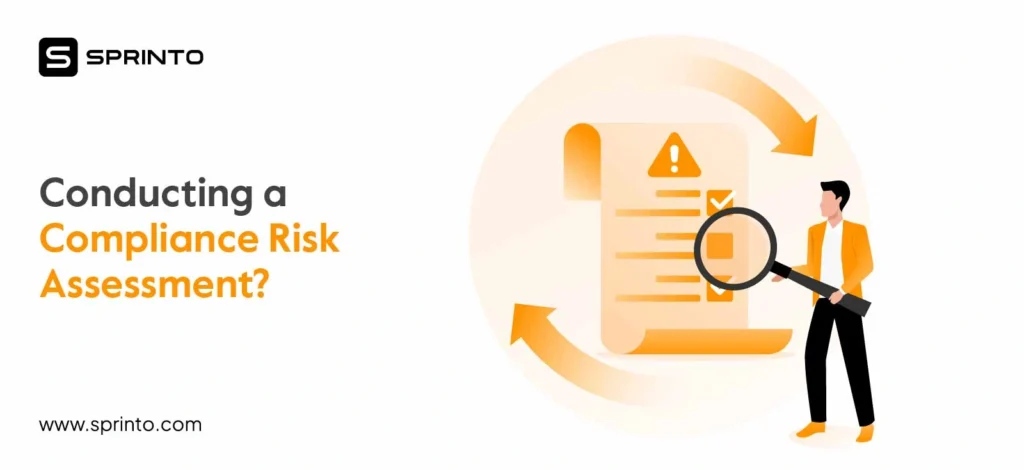In 2023, a Coro survey of 500 cybersecurity experts revealed that 73% had missed or ignored high-priority alerts, and 26% had muted them outright. Security teams receive an average of 11,000 alerts per day, and 28% of those are never addressed, resulting in a cost of over $626 million annually to US organizations.
Faced with this avalanche of noise, in-house teams inevitably let genuine threats slip by. SOC as a service solves alert fatigue by delivering 24/7 expert monitoring, filtering out false positives, and rapidly prioritizing and investigating incidents. This helps reclaim your team’s focus, reduce burnout, and stay ahead of the next breach.
In this article, we’ll explore what SOC as a service is and help you implement it effectively in your organization.
| What It Is: A cloud-hosted, fully managed SOC offering 24×7 monitoring, AI triage, and expert response. |
| Why It Wins: Outpaces DIY SOC, SIEM-only, and MDR by covering all telemetry with senior analysts and proactive hunting. |
| When to Use: Opt for SOCaaS for rapid deployment, elastic scaling, and predictable costs; build in-house only if you need total control and have big budgets. |
What is SOC as a Service (SOCaaS)?
SOC as a Service (SOCaaS) is a cloud-based cybersecurity solution where a third-party provider delivers Security Operations Center (SOC) capabilities and manages security monitoring, threat detection, incident response, and reporting for an organization. A well-designed SOCaaS solution:
- Monitors constantly across networks, cloud environments, endpoints, and apps
- Aggregates & enriches logs and telemetry in real time for a single, unified view
- Filters the noise with AI-driven triage so you see only the alerts that matter
- Investigates quickly using battle-tested playbooks and forensic toolkits
- Orchestrates response from containment to post-mortem guidance
- Delivers compliance with ready-made artifacts for SOC 2, ISO27001, GDPR, and more
With SOCaaS, you get a virtual operations floor staffed by Level 2/3 analysts, threat hunters, and incident responders, transforming security from a reactive headache into a proactive, on-demand service.
How does SOCaaS differ from Traditional SOC, SIEM, and MDR?
While traditional SOC, SIEM, and MDR each address parts of the security puzzle, SOCaaS delivers a unified, cloud-delivered solution that combines their strengths. It offers always-on monitoring, automation, and expert response without the overhead of building or managing infrastructure.
Core models explained:
- Traditional SOC: Build and staff your own L1–L3 team, integrate SIEM, EDR, and network tools, then juggle 24×7 shifts.
- SIEM: Centralizes logs and correlation; powerful for analytics but leaves triage and response entirely on your plate.
- MDR (Managed Detection & Response): Outsources endpoint and network detection with guided remediation—great for malware but blind to most cloud and identity events.
- SOCaaS: A cloud-hosted, fully managed SOC that ingests logs, cloud workloads, application events, identity feeds, and endpoints—applying AI filters, deep forensics, and compliance reporting on day one.
| Feature | Traditional SOC | SIEM | MDR | SOCaaS |
| Setup Time | Months (hiring + build) | Days (deploy platform) | Weeks (log ingestion) | Hours (connectors + access) |
| Coverage | Network & endpoints | Logs & events only | Endpoint & network telemetry | All telemetry: cloud, apps, identity, EDR |
| Staffing | In-house analysts | You manage analysts | Vendor’s detection team | Fully managed expert SOC team |
| Alert Triage | Manual rule tuning | Raw alerts, no triage | Basic validation | AI-driven filtering to high-fidelity alerts |
| Scalability | Headcount + infra grows | License & infra costs | Subscription per endpoint | Elastic, subscription-based |
| Compliance Support | Custom, manual reporting | None | Limited | Built-in, audit-ready artifacts |
Let’s say you’re the Head of Security at a rapidly expanding telemedicine startup. Overnight, you’ve onboarded new cloud-native services for video consults, patient records sync, and AI-powered triage—each one a potential entry point for attackers.
You realize your homegrown monitoring scripts can’t keep up, and your lean team is drowning. Here are the four approaches you can take, along with how SOCaaS differs (or is better):
Approach #1: Traditional SOC
You post ‘We’re hiring’ everywhere you can, invest in on-prem servers and SIEM licenses, and build 24/7 shifts. By the time you have recruited and wired everything together, you’re still tuning rules, and attackers have already probed vulerabilities.
Approach #2: SIEM
You spin up a SIEM platform that centralizes stream logs, correlation, and dashboards to help you spot patterns that run on the ‘cloud’. Without dedicated analysts, those dashboards become an overwhelming firehose of alerts. Your engineers spend more time ‘dialing down noise’ than hunting real threats.
Approach #3: MDR
You hand over your endpoint and network logs to a specialized vendor. They alert you to malware and brute force attacks. However, your new telehealth APIs and identity-driven workflows remain blind spots.
Why SOC as a Service (SOCaaS) is the right approach
The day you say yes to a SOCaaS vendor, you get a virtual operations floor that handles: cloud logs, app events, identity feeds, and endpoint telemetry. AI-powered triage highlights only genuine incidents. Your senior analysts jump in for in-depth forensics, orchestrate containment, and deliver audit-ready reports.
With SOCaaS, you get a turnkey security operations center that scales with your architecture. You get no hiring dash, no tool jockeying, and zero chance of missing the next critical breach.
Weave compliance effortlessly into your SOC workflows
Why SOC as a Service matters for modern businesses?
SOC as a Service (SOCaaS) matters for modern businesses because it provides a turnkey, cloud-hosted Security Operations Center that delivers continuous monitoring, AI-driven alert triage, and expert threat detection and response: all without the headcount and capital costs of an in-house SOC.
With up to 60% fewer false positives, predictable subscription pricing, and built-in compliance reporting for SOC 2, ISO 27001, and GDPR, SOCaaS unifies SIEM, EDR, and cloud logs into a single, scalable defense platform that keeps modern businesses secure and audit-ready.
Imagine rolling out a critical patient-data API at 2 am only to discover your alerts dashboard has more noise than signal, and your small security team is already running on fumes. That’s why SOC as a Service isn’t just another tool – it is the ally that fills your blind spots and keeps your people fresh:
- Tame cloud sprawl: With 89% of companies spread across multiple clouds and 52% fully migrated, each new container or serverless function is a potential backdoor. SOCaaS consolidates all those telemetry streams into a single, clear picture.
- Beat alert fatigue: The cybersecurity talent gap is projected to soar to 4.8 million unfilled roles by 2024, and 84% of professionals report burnout due to the overwhelming number of alerts. A dedicated SOC team delivers seasoned Level 2 or 3 analysts so your in-house staff can finally catch their breath.
- Outsmart advanced threats: From AI-powered phishing to fileless malware and sneaky supply-chain invasions, today’s attackers move faster than manual defenses. SOCaaS combines behavioral analytics, threat hunting, and automated playbooks to identify and mitigate the latest tactics and threats.
- Streamline audits: Juggling SOC2, ISO 27001, HIPAA, and PCI DSS? Prebuilt reports and automated evidence collection turn audit season from scrambling in suits to checking boxes on a dashboard.
- Budget with confidence: Replace unpredictable hiring and licensing costs with a subscription tied to assets or log volume, allowing you to scale protection without unexpected overages.
Because a single breach can cost you over $4 million in cleanup and damage to customer trust, you need more than just monitoring; you need an on-demand, expert-driven Security Operations Center. SOC as a Service makes it happen.
What are the types of threats a SOCaaS handles?
Modern threat actors don’t just knock on the front door, they sneak through SaaS misconfigurations, identity loopholes, and even your CI/CD pipeline. SOCaaS helps you stay ahead with unified, real-time detection and response across your entire digital environment. Here are the key threat types it tackles:
1. Malware and ransomware
SOCaaS detects and neutralizes malicious files, scripts, and rapid encryption activity across endpoints and servers. Continuous EDR monitoring helps the system automatically isolate threats and start fixing the issue before it spreads.
2. Insider threats
Whether intentional or accidental, insider actions can cause significant damage. SOCaaS identifies abnormal behavior such as excessive file access, privilege abuse, or unauthorized data transfers using behavioral analytics and forensic investigation tools.
3. Credential-stuffing and email spoofing
SOCaaS detects credential-stuffing campaigns by monitoring for login bursts, repeated authentication failures, and email spoofing indicators. It responds by securing compromised accounts before attackers can gain further access.
4. Cloud and SaaS misuse
Modern attacks often exploit cloud infrastructure and SaaS platforms. SOCaaS monitors for misconfigured storage buckets, risky file sharing, and unusual API activity across services like AWS, Azure, and Microsoft 365—flagging threats before data is exposed.
5. Advanced Persistent Threats (APTs)
Sophisticated, long-dwell attackers are identified through deep threat-hunting techniques. SOCaaS looks for signs like DNS tunneling, and command-and-control activity to detect and eliminate threats that bypass traditional defenses.
6. Privilege escalation and identity abuse
SOCaaS analyzes Active Directory and cloud identity logs to spot unauthorized privilege elevation, rogue admin account creation, and suspicious cross-region activity—mitigating identity-based attacks early in their lifecycle.
7. Zero-day exploits and emerging threats
Even without known signatures, SOCaaS can block zero-day exploits through behavioral detection, virtual patching, and threat intelligence correlation. This ensures your systems remain protected against novel and evolving attack vectors.
8. CI/CD pipeline and third-party anomalies
SOCaaS also monitors development pipelines for irregularities such as checksum mismatches, unauthorized script execution, or deviations in automated workflows. This prevents attackers from introducing threats via third-party integrations or supply chain compromise.
Where SOCaaS fits within your security stack?
Think of your security stack as a layered fortress: firewalls and web application firewalls guard the ramparts, endpoint agents patrol the grounds, and identity tools lock down the gates. SOC as a Service sits at the command center, tying all those defenses together with real-time visibility and expert orchestration.
- Above the perimeter: While NGFWs and WAFs block known bad IPs and malformed requests, SOCaaS absorbs their logs and correlates them with other data. Hence, a blocked SQL-injection attempt triggers a deeper investigation rather than being dropped silently.
- Alongside SIEM & EDR: Your SIEM collects and normalizes logs; your EDR watches hosts for malware. SOCaaS ingests both, applies AI-driven triage, and layers on human threat hunting, turning tool outputs into prioritized incidents.
- Augmenting identity and cloud security: Cloud-native posture tools flag misconfigurations, while identity-management platforms audit permissions. SOCaaS integrates these feeds with CloudTrail, Azure AD, and Okta logs, identifying anomalous privilege escalations or API misuse before they escalate into breaches.
- Complementing vulnerability management: When scanners identify a critical CVE, SOCaaS teams can hunt for exploit attempts in real-time, rather than waiting for an alert to be logged in a ticket queue.
By anchoring your stack, SOCaaS ensures each tool’s telemetry is amplified, correlated, and acted upon, delivering continuous monitoring and end-to-end threat detection and response without blind spots.
Key roles and responsibilities in SOCaaS
A SOCaaS team typically includes a Service Manager to align operations with business goals, Tier 1 analysts for AI-driven alert triage, and Tier 2/3 analysts plus Threat Hunters for deep forensics and proactive hunting. Incident Responders execute rapid containment and remediation, while Compliance Specialists automate evidence collection and audit-ready reporting.
| Role | Primary Responsibility | Deliverable |
| Service Manager | Serves as your liaison, aligns SOCaaS SLAs with your risk priorities and business goals | Onboarding plans, regular health-check reports |
| Tier 1 Analyst | Triage incoming alerts using AI-driven filters to weed out false positives and noise | Cleaned and prioritized the incident queue |
| Tier 2/3 Analyst | Dive deep into complex incidents—run packet captures, memory forensics, and MITRE playbooks | Detailed root-cause analysis and timelines |
| Threat Hunter | Proactively search across logs and flows for stealthy Indicators of Compromise (IOCs) | Custom hunt reports and discovered IOCs |
| Incident Responder | Coordinate containment and remediation—NAC isolation, credential rotations, mitigation steps. | Tested containment actions and post-mortems |
| Compliance Specialist | Automate evidence collection and report generation for SOC 2, ISO 27001, GDPR, PCI DSS, etc. | Audit-ready artifacts and compliance dashboards |
Beneath this structured lineup, your SOC as a Service team functions like a well-oiled machine: the Service Manager ensures everyone’s marching to the same drumbeat, Tier 1 keeps noise at bay, Tier 2/3 and Threat Hunters unearth and analyze real threats, Incident Responders spring into action at a moment’s notice, and the Compliance Specialist turns audits into a routine checkbox—all working in concert to deliver continuous, expert-driven security operations.
Benefits of SOC as a Service
By unifying SIEM, EDR, and cloud logs, SOCaaS reduced the time HackerRank’s engineering team spent looking for problems by 20%. So analysts can focus on real threats instead of chasing false alarms.
In practical terms, SOC benefits are:
- Faster containment: Automated SOAR workflows enable near-instant containment: the moment a threat is confirmed, compromised hosts are quarantined and malicious sessions revoked—often within minutes rather than hours. Organizations using SOCaaS report a 60% reduction in average threat response time, slashing the window attackers have to operate undetected.
- Predictable ROI: A Forrester study found that integrating managed detection with extended response tools delivered 200% ROI within six months, illustrating how subscription-based SOCaaS quickly pays for itself.
- Audit readiness: Built-in dashboards and evidence packages halve the labor hours required for SOC 2, ISO 27001, GDPR, and PCI DSS audits, turning audit season into a routine checkpoint.
- Rapid containment: Automated playbooks can reduce Mean Time to Contain (MTTC) by up to 70%, quickly isolating compromised systems and minimizing damage.
- Analyst productivity: By eliminating manual triage, security analysts spend about 75% of their time handling alerts. SOCaaS frees your team to focus on strategic investigations and response.
These gains don’t just bolster security—they free your team to focus on innovation, strategic risk assessments, and long-term resilience, rather than daily firefighting.
Challenges of implementing SOCaaS
Implementing SOC as a Service can feel a bit like setting sail on a new ship—exciting, but not without a few squalls:
1. Navigating data privacy
You’re entrusting your logs and telemetry—your crown jewels—to an external crew. That’s why it’s critical to enforce strict encryption, granular access controls, and clear data-retention policies so that your sensitive information remains protected, regardless of its location.
Pro Tip: Insist on airtight Service Level Agreements (SLAs) that clearly define data ownership, mandate end-to-end encryption, and enforce strict role-based access controls.
2. Charting complex integrations
Your environment includes legacy servers, custom apps, and niche cloud tools. Early on, you’ll partner closely with your SOCaaS provider to build and test connectors.
Pro Tip: Run parallel tests in a sandbox to validate each pipeline before deploying it live.
3. Building trust onboard
Engineers and in-house analysts may fear loss of control. Combat this by naming an internal “SOC Ambassador” who co-owns the relationship, schedules weekly syncs, and gathers feedback, turning skeptics into advocates.
4. Aligning the budget compass
Switching from hefty capital outlays (such as hiring and hardware) to a steady subscription can significantly impact your budget forecasts.
Strategy: Launch a short pilot, measure MTTD/MTTR improvements, and model predictable monthly spend against unpredictable headcount costs.
5. Avoiding vendor lock-In
Relying on proprietary connectors is like renting a locked bungalow; you’ll hate moving out later. Choose a provider that supports open standards (Syslog, OpenTelemetry, STIX/TAXII) so you can navigate smoothly to future ports of call.
By anticipating these challenges and applying targeted fixes, your voyage to SOCaaS can be swift, secure, and ultimately transformative.
How SOCaaS supports compliance?
SOCaaS embeds compliance into your day-to-day security operations by automatically collecting and timestamping every configuration change, access event, and incident response action. When auditors request evidence—whether for SOC 2, ISO 27001, GDPR, or PCI DSS—you simply export a ready-made package, eliminating the need to search through multiple consoles and spreadsheets.
Beyond reactive evidence gathering, SOCaaS continuously validates your environment against relevant control frameworks and standards. Misconfigurations or policy drifts—such as an overly permissive S3 bucket or expired certificates—are flagged in real-time, complete with guided remediation steps. This proactive approach turns audit prep from a last-minute scramble into an ongoing, predictable process.
By weaving compliance as a service into every SOC workflow, SOC as a Service makes regulations feel less like a hurdle and more like a built-in feature, so you can focus on continuously improving security rather than scrambling for paperwork.
Ensure always-on compliance with Sprinto
When to Choose SOCaaS vs. In-House SOC?
When you’re deciding between building an internal Security Operations Center and plugging into a SOC as a Service, it comes down to four key dimensions: resources, scale, compliance, and threat complexity.
Here’s how to think about each:
1. Resources and speed
If you have deep pockets, recruiters on retainer, and several months to stand up shifts, an in-house SOC can give you full control. However, if your security team is already stretched thin and you need “always-on” monitoring by next week, SOCaaS provides you with Level 2/3 analysts and tooling on day one.
2. Scale and flexibility
Stable environments with predictable growth can absorb the overhead of adding hardware and tuning SIEM rules internally. On the other hand, if you’re spinning up new cloud services or global branches frequently, you’ll love how SOCaaS auto-scales alongside your log volume and asset count—no new licenses or servers required.
3. Compliance demands
Organizations with strict data-residency mandates or legacy on-premises requirements may lean toward an internal Security Operations Center (SOC). For everyone else juggling SOC 2, ISO 27001, GDPR, PCI DSS, and more, SOCaaS delivers built-in evidence exports and audit-ready dashboards that make every assessment a breeze.
4. Threat profile
Facing mostly commodity malware and generic phishing? Your internal team might already have enough to handle. However, if nation-state actors, zero-day exploit chains, or supply-chain compromises keep you up at night, SOCaaS provides advanced threat hunting, automated playbooks, and forensic analysis that in-house setups rarely match.
By matching your needs against these four dimensions, you’ll know whether to build the team yourself or subscribe to a service that already has one.
SOCaaS pricing models
Common SOCaaS pricing models include log-volume billing (pay-per-GB/TB ingested), asset-based fees (per server, endpoint, or container), and tiered service plans that unlock advanced features such as threat hunting and custom playbooks.
Choose log volume for variable workloads, asset-based for predictable infrastructure, or tiered plans to match your maturity and budget.
- Log-Volume Pricing: Pay per GB/TB ingested—perfect for variable workloads, but sudden log spikes (e.g., during incidents) can lead to unexpected overages.
- Asset-Based Pricing: Flat fee per server, container, or endpoint—ideal for stable infrastructures, yet rapid scaling or ephemeral cloud instances can drive up costs.
- User/Seat-Based Pricing: License per analyst or dashboard user—works when you limit access to a core team, but broad adoption can make seat fees expensive.
- Tiered Service Plans: Choose Basic, Pro, or Enterprise feature bundles—great for aligning budget to capability, though early commitment to higher tiers may waste resources if features go unused.
Key cost considerations
- Data Retention: Longer log archives incur higher costs—balance forensic needs against budget.
- SLA Levels: Faster response (e.g., 15-minute incident handling) often carries a premium.
- Hidden Fees: Connector setup, overage charges, or dedicated support can add up.
By mapping these models against your growth plans and threat profile, you’ll lock in a SOCaaS subscription that scales predictably, maximizes ROI, and keeps surprise fees at bay.
What to look for in a SOCaaS provider?
Choosing the right partner is as critical as the service itself. When evaluating SOCaaS providers, focus on a few essentials:
- Comprehensive Coverage: Ensure they ingest and correlate logs from your clouds, on-premises systems, endpoints, apps, and identity platforms.
- Seasoned Analysts: Look for a majority of Level 2/3 responders and threat hunters rather than just junior triage.
- Fast, Easy Integration: Prebuilt connectors and APIs should get you live in days, not weeks.
- Noise Reduction & Automation: AI-driven alert filtering and customizable playbooks should cut false positives and speed containment.
- Built-in Compliance: Audit-ready dashboards and evidence exports for SOC 2, ISO 27001, GDPR, PCI DSS—and clear remediation guidance.
- Transparent SLAs & Pricing: Clear response-time guarantees, predictable subscription tiers (by log volume, assets, or seats), and no hidden overage fees.
- Scalability & Support: The service should flex with your growth and include regular health reviews and a dedicated customer success team.
By vetting providers against these criteria, you’ll land a SOCaaS partner that not only shields your organization today but scales, adapts, and strengthens your defenses for whatever tomorrow brings.
How Sprinto enhances your SOC as a Service engagement?
When you plug into a SOC as a Service, Sprinto sits alongside your provider—automating compliance, strengthening controls, and providing a single pane of glass for both security operations and audit readiness.
1. Automated evidence linking
Every alert, investigation, and containment action from your SOCaaS feeds into Sprinto. Instead of hunting through logs, you get a tagged evidence bundle—screenshots, playbook steps, and configuration snapshots—all mapped to the exact control criteria auditors demand.
2. Unified compliance and security dashboard
Your CISO, Compliance Lead, and SOCaaS Service Manager see the same real-time status: which controls are green, which incidents overlap with policy exceptions, and exactly how much evidence is audit-ready. No more firefighting between tools.
3. Seamless integrations with SOCaaS stack
Sprinto connects to cloud platforms (AWS, Azure, GCP), identity providers (Okta, Azure AD), SIEM or MDR feeds, and ticketing systems. That means every high-fidelity alert from your SOCaaS, whether triggered by EDR or behavioral analytics, automatically updates your compliance posture.
4. One-click audit bundles
When auditors arrive, Sprinto generates a tailor-made package that ties each SOCaaS incident to a specific trust criterion. You hand over a self-contained export instead of scrambling for CSVs and screenshots.
By bridging expert-driven threat detection and response with continuous compliance automation, Sprinto transforms your SOCaaS engagement from “security plus audit headache” into “security and audit on autopilot.”
Frequently Asked Questions
1. Should you choose SOCaaS?
Yes. SOCaaS offers 24/7 security monitoring and other advanced security features at a fraction of the cost. This way, you can avoid future threats and minimize the consequences without spending hundreds of thousands of dollars.
2. Is SOCaaS the same as MDR?
No, SOCaaS and MDR are definitely not the same. However, there are a few similarities in their service catalog. By default, SOCaaS is a managed service that utilizes various other tech stacks, while MDR focuses on threat hunting, response, and monitoring.
3. What to look for in a SOCaaS provider?
The ideal SOCaaS provider should align with your business needs. First, clarify what kind of protection they provide your business and clients. Check if they align with your industry and the frequency of threats.
4. How to Evaluate SOC as a Service Provider?
There are some parameters you can use to evaluate a SOC as a Service provider, and they are:
- Integration with your complex security infrastructure
- Typical client size of the provider
- On-premise/cloud-based security system to manage detection and remediation
Payal Wadhwa
Payal is your friendly neighborhood compliance whiz who is also ISC2 certified! She turns perplexing compliance lingo into actionable advice about keeping your digital business safe and savvy. When she isn’t saving virtual worlds, she’s penning down poetic musings or lighting up local open mics. Cyber savvy by day, poet by night!
Explore more
research & insights curated to help you earn a seat at the table.



